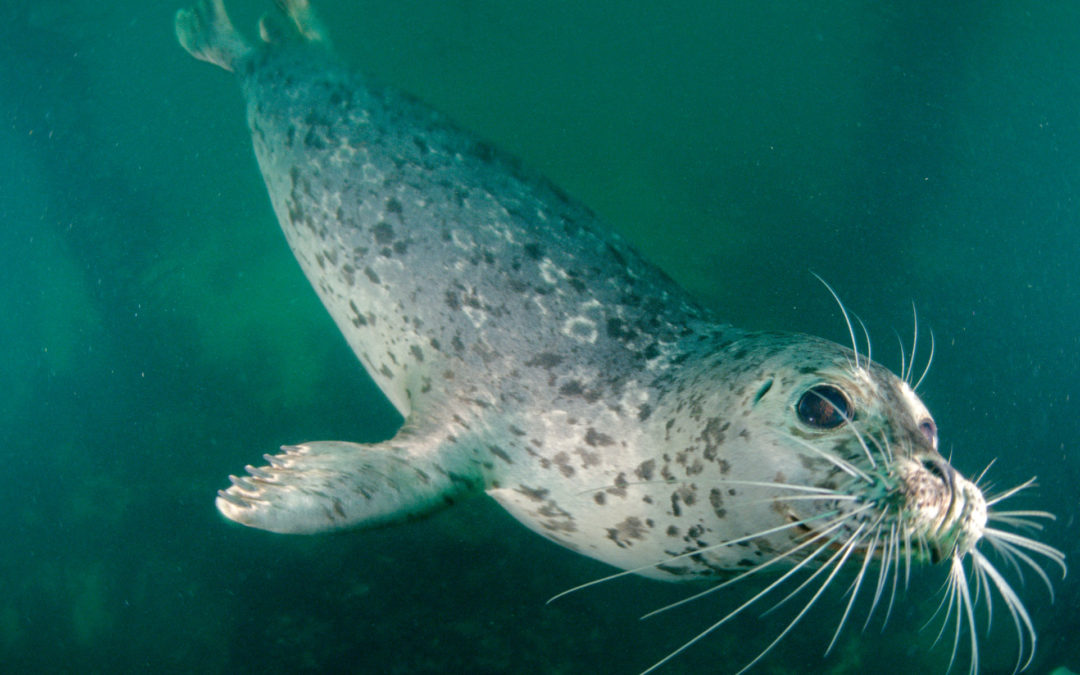SOURCE: Hakai Magazine
DATE: March 4, 2019
SNIP: In Washington State’s Puget Sound, antibiotic-resistant bacteria are infecting the area’s harbor seals and harbor porpoises. A recent preliminary survey of 11 animals has produced worrying results: 80 percent of animals sampled carried bacteria that were resistant to an antibiotic, and more than 50 percent carried bacteria that were resistant to multiple antibiotics.
“These animals are sentinels,” says Stephanie Norman, a veterinary epidemiologist with Marine-Med who is working to understand the causes and the prevalence of antibiotic-resistant bacteria in the region’s marine mammals—a project supported by a wide range of local and state organizations.
Wild animals aren’t routinely taking antibiotics to treat infections, but widespread antibiotic resistance in ocean creatures could still have a major impact on the conservation of endangered species. That’s because, as in the case of an ailing young southern resident killer whale that was administered antibiotics in 2018, veterinarians and others trying to rescue sick animals sometimes use these medications.
Antibiotic-resistant bacteria in marine environments could be dangerous to humans, too. Marine bacteria can cause skin infections in people with even small scrapes or insect bites, or food poisoning in people who eat contaminated seafood, especially for seafood eaten raw, such as oysters.
Norman says that while most marine antibiotic resistance probably comes from land sources (like humans and livestock), the use of antibiotics in marine fish farms may also be cause for concern. (Although salmon farming is being phased out in Washington State, it is still allowed in neighboring British Columbia.)

